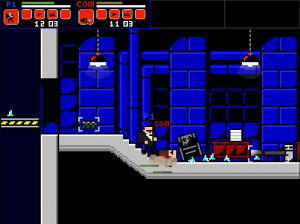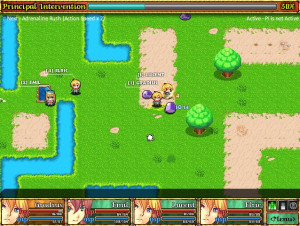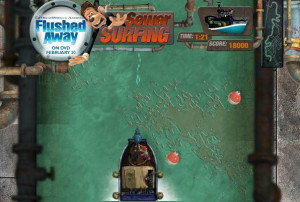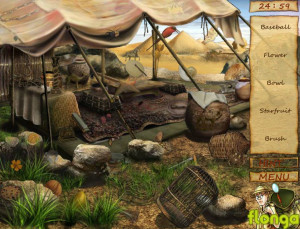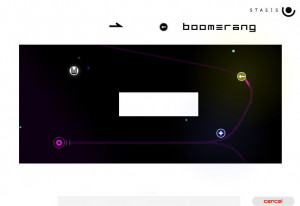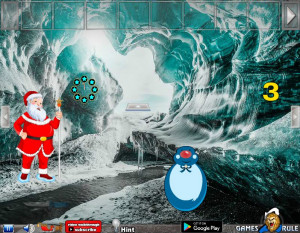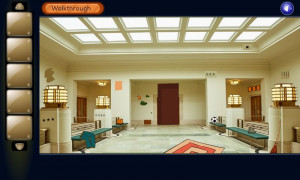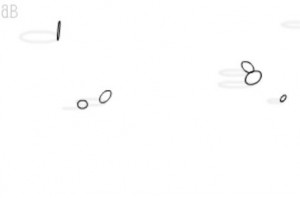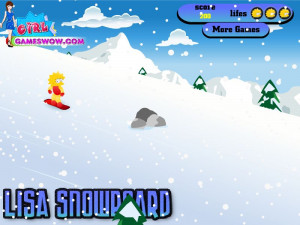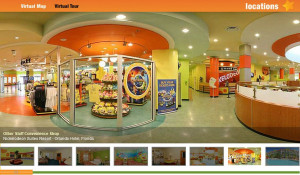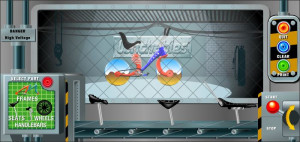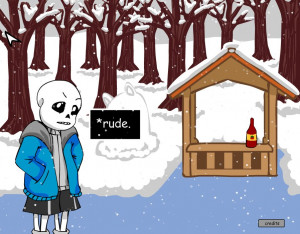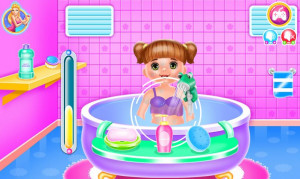19th Century Edo, Japan
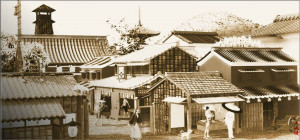
~Edo, 1857~
** Old photo and color versions show automatically.
** CLICK TO REPLAY.
What is this?
=============
My entry for the https://poseraddicts.deviantart.com/ club "GLOBAL CONTEST" https://poseraddicts.deviantart.com/blog/24079750/ where the challenge is to depict a specific time and place from real world and real history. ^______^
Time and Place:
================
Edo, Japan, in the Fall of 1857. Nearly all samurai dramas played on Japanese TV depict life during the Tokugawa Period (1603 to 1868), also known as Edo Period. It was a fascinating era of social changes and feudal conflicts. It was a time when military government transferred the capital from Kyoto to Edo (now Tokyo), from which the period was named after. During that time the samurai cast lost their jobs and land, becoming useless overnight because carrying a sword became illegal in all of Japan. Some became mercenaries, some started martial arts schools, and some retired into peasant professions. Christians were persecuted and their religion was basically eradicated nationwide. Ports were closed to foreigners, and Japan became isolated from the rest of the world. It was during this period that Japan started to develop its own urban culture that persisted to modern days. Arts flourished during that period, where some artists became very famous, such as Hokusai and Hiroshige. As a low-ranking samurai and professional fireman, Hiroshige produced over 5,000 paintings in his artistic career, but he ironically never made much money and died poor (some things never change). ;p
The Making:
============
I've spent time researching architecture, hairstyles, outfits and lifestyle from the late Edo Period. Depicted here are merchants, peasants, travelers, masterless samurais (ronin), women, cats and dogs. Only the rich had horses, so the common way of transportation was to go on foot. Buildings shown here are the fire department, stores, schools, warehouses, mansions, temples, and a watch tower. The ex-samurai merchant on the right has a cart to transport goods and make deliveries ("demae"), but note he has no bull or horse - he has to pull it himself. There was no running water in the city back in 1857, so the peasant worker on the left will make good money bringing it to both residences and businesses (I have modeled the prop myself in 3DSMAX to depict this). Nearly everything was made of wood, so fire was a serious threat to the city. That was a reason why first building on the left is the fire station, where you can see a ladder on the roof with a bell hanging from the top that is used to alert the neighborhood in case of fire emergencies. This fact was later exploited in WWII, when over 60 Japanese cities were burned to the ground by American B-29 bomber squadrons armed with incendiary bombs instead of conventional explosives.
Research & Resources:
=====================
Image was rendered in Poser 8. Figures are Michael3 and Vicky3. Nearly all outfits were simulated dynamically, one piece at a time. All scene elements are 3D, even the sky, and rendered in a single pass. For extra accuracy, architectural models were provided by Japanese artists specialized on the Edo period. 1857 Edo urban lifestyle references came from Hiroshige's paintings on the subject during that period, where he alone painted over a hundred Edo places for a collection that became one of his most famous works.
Hope you like it and thanks for coming by!
